As the legalization of recreational cannabis becomes more widespread many people are wondering about the differences between kratom & marijuana. Both have varying intoxicating effects and many advocates proclaim that each one offers holistic health benefits. In this article, we will explore the differences between the two incredibly unique herbs.
Table of Contents
- Kratom & Marijuana: Both Created by Mother Nature
- Comparing Kratom & Marijuana
- The American Icon: Marijuana
- Kratom Remains a Mystery to the West
- Kratom and Southeast Asia
- How Kratom Works?
- Environmental Impact on Kratom’s Alkaloids
- Sunlight and Alkaloids
- Alkaloid Production and Temperature
- Soil Considerations
- Kratom & Marijuana Cultivation Similarities
- Cannabinoids of Marijuana
- Time of Onset for Kratom & Marijuana
- Availability of Kratom & Marijuana
Kratom & Marijuana: Both Created by Mother Nature
Kratom & Marijuana
Interestingly, both kratom & marijuana are all-natural herbs created by Mother Nature. Kratom is obtained by curing the leaves of the evergreen Mitragyna speciosa tree that grows throughout much of Southeast Asia. Marijuana is obtained from the cannabis plant which grows on virtually every continent in the world.
Comparing Kratom & Marijuana
As we established, both kratom & marijuana are natural but there the comparisons end. In all honestly, kratom & marijuana are a lot like apples and oranges. Both are fruit but that is about all that they have in common. Also, both are entirely different in their legal status, consumption methods, and compositions.
The American Icon: Marijuana
Marijuana has become very mainstream – Kratom & Marijuana
Marijuana also called weed, Mary Jane, pot, grass, and a bevy of other endearing monikers has become a true American icon. Virtually everyone has tried it at some point in their lives. Even American presidents like Barack Obama and Bill Clinton (although Clinton never admitted to inhaling) have enjoyed weed. Marijuana has gained mainstream acceptance and many foresee nationwide legalization as imminent after Canada and Mexico both legalized weed for recreational use.
Kratom Remains a Mystery to the West
Many in the United States know extraordinarily little about kratom. Although the herb has been widely used for centuries by the locals in South East Asia, in America it is shrouded in mystery. Some people might have noticed kratom at the local head or smoke shops. Many mistakenly believe that kratom capsules are like energy capsules. Although kratom is legal nationwide, its use is not as widespread as marijuana and many people have never even heard of it.
Kratom and Southeast Asia
harvested leaves of the Mitragyna speciosa tree which grows wild throughout much of Southeast Asia’s jungles are harvested and cured to form kratom. Locals have used the cured leaves of the tree to ease pain and for its sedative-like effects. In addition, they believe it offers mood-enhancing and cognitive boosting capabilities. The locals chew the leaves or grind them into a fine powder which they ingest. Also, many use the leaves to fashion a tea that they enjoy at the end of a long day or at certain social events such as festivals.
How Kratom Works?
The leaves of the kratom tree contain potent alkaloids known as Mitragynine and 7-Hydroxymitragynine which impact the body’s opioid receptors. The alkaloids serve as a defense mechanism against foraging animals and insects which find the chemicals different.
Mitragynine
Typically, the leaves contain up to two percent Mitragynine and in some potent strains a little more. Overall, the percentage is a very trace amount
7-Hydroxymitragynine
7-OH has greater potency than Mitragynine but appears in less of a concentration within the kratom tree’s leaves.
Interestingly, the alkaloid content in the tree’s leaves varies greatly depending on the cultivation methods and location where the tree grows. The environmental impact seems to be great on the alkaloid percentages. The levels in the plant’s tissues are achieved while the leaves are young and actively growing. Clearly, during growth, the environmental changes experienced by the foliage and the possible stressors placed on the tree greatly impact the development of the alkaloids. Within the leaves, the alkaloids are all connected via extremely specific gene pathways and external influences affect the interlinking. Factors such as light, soil content, and temperate are all crucial to the alkaloids production.
Environmental Impact on Kratom’s Alkaloids
The environment impacts the alkaloids found in kratom
If the soil contains high levels of nitrogen or nitrogen is added during growth, the alkaloids found in the Mitragyna speciosa increase substantially. Cultivation of the tree for kratom production can be tailored and altered by adding nitrogen either directly to the soil or via the water. Currently, the nitrogen increases all the leaf’s alkaloids and not just one. In addition, the tree flourishes with nitrogen supplements which is why many who grow the tree for kratom production regularly flood it with nitrogen.
Sunlight and Alkaloids
The sun also alters the alkaloid percentages found in the plant. Interestingly, sunlight also plays a part in marijuana bud production. Alkaloids for kratom increase when the tree is exposed to 12 hours of sunlight per day and 12 hours of darkness. Too little light and the foliage of the tree does not produce an ample amount of the alkaloids.
Alkaloid Production and Temperature
There is no doubt that Mitragyna speciosa trees love the heat. High temperatures also appear to promote alkaloid concentrations in the foliage. Many also theorize that carbon dioxide plays a role in the leaves’ production of the chemicals. Most cultivation experts believe that a carbon dioxide increase also boosts temperature to promote the alkaloid content.
Soil Considerations
Bacteria found in the soil have an impact on the alkaloids of the plant. Certain types of bacteria appear to stimulate the tree to create even greater alkaloid levels. The tree grows bigger too and develops a more extensive root system when the beneficial bacteria are present. Another factor is high levels of salt which also boosts the alkaloid concentration. However, salt does stress the tree so avoid using it in any significant quantity.
Kratom & Marijuana Cultivation Similarities
Kratom leaves are often fashioned into a tea – Kratom & Marijuana
These are all ways that the alkaloid levels are manipulated in the tree used to make kratom. When comparing kratom & marijuana, you can see that both plants undergo a great deal of specialized cultivation to increase key components. With marijuana, the goal is always to increase the percentage of cannabinoids, particularly tetrahydrocannabinol (THC) which is what makes the user feel ‘high.’ With kratom, the goal is to increase the alkaloid levels in the leaves to improve the effects of the herb.
Cannabinoids of Marijuana
Unlike the alkaloids found in kratom, marijuana contains about 60 different cannabinoids which are considered the herb’s active ingredients. Out of the many cannabinoids, THC is the number one component that growers try to enhance because it is what provides the psychoactive effects. Cultivation experts have developed many strains of cannabis with varying degrees of THC that often reach over 25 percent.
Other cannabinoids found within the cannabis plant include:
- Cannabigerols (CBG)
- Cannabichromenes (CBC)
- Cannabidiol (CBD)
- Tetrahydrocannabinol (THC)
- Cannabinol (CBN)
- Cannabinodiol (CBDL)
- Cannabicyclol (CBL)
- Cannabielsoin (CBE)
- Cannabitriol (CBT)
Even though the many other cannabinoids found in the cannabis plant do not make the user ‘high’, they are still very important because they help create a full body entourage effect that helps to enhance the many health benefits of marijuana.
Time of Onset for Kratom & Marijuana
Kratom & marijuana might seem like they have terribly similar effects, but the onset is dramatically different. With marijuana, you will feel the effects extremely fast but with kratom it can take an hour after ingestion before you feel any different.
Availability of Kratom & Marijuana
Marijuana remains illegal at a federal level. It holds the distinction of being a Schedule II drug. However, many states have taken steps to legalize recreational and medicinal marijuana. In states where weed is legal, you must visit a dispensary to purchase the herb. Kratom is legal throughout the U.S. You can purchase it at a wide array of vendors and online. At My Kratom Club, we carry a wide array of kratom strains HERE.
Marijuana’s anti-inflammatory capabilities make it favorite for chronic pain sufferers who are trying to cope with disorders such as arthritis where the pain is causally related to inflammation.
Kratom & marijuana are two hugely different herbs that do share similarities. However, what works for one person might not work for another. Ideally, you should explore which one works best for you. If you have any questions about kratom, please contact us at the Kratom Club.


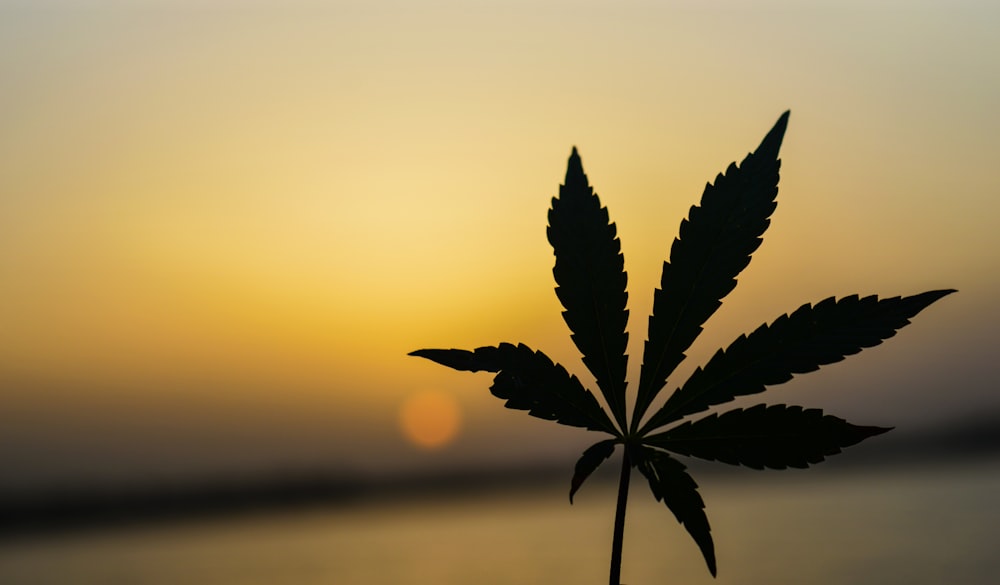
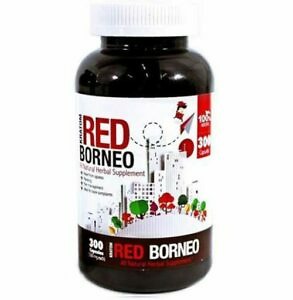
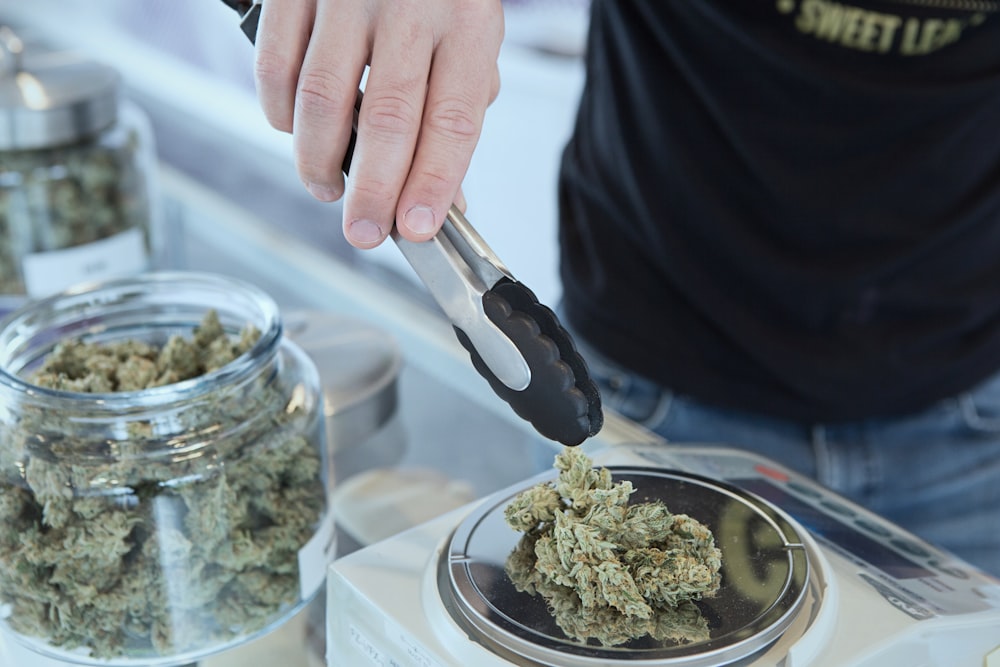
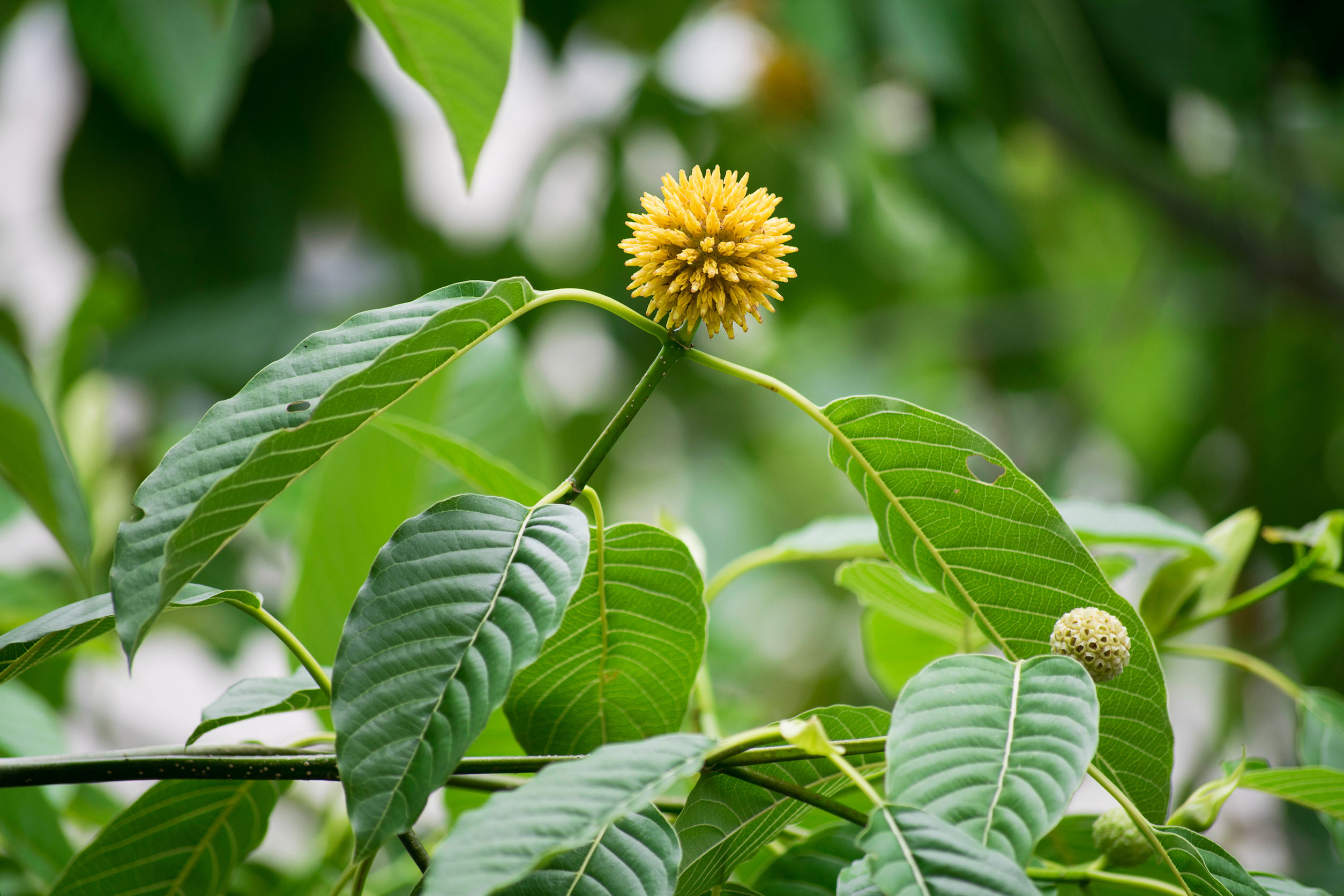
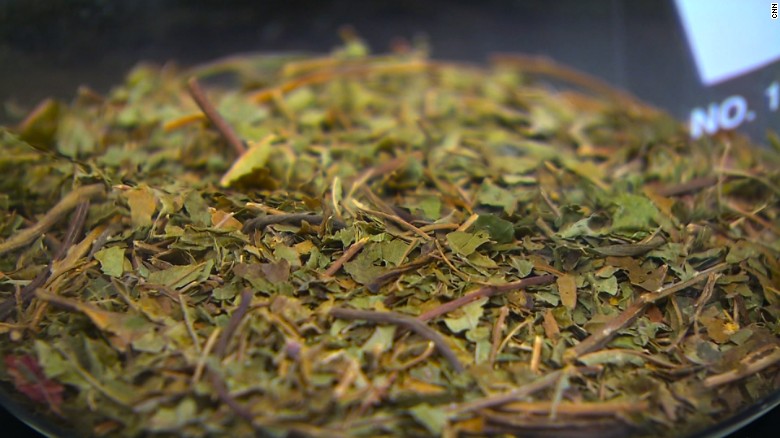
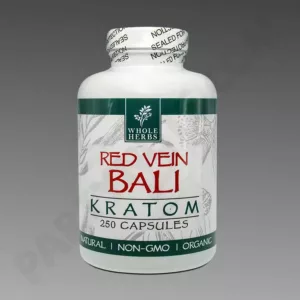




Leave A Comment